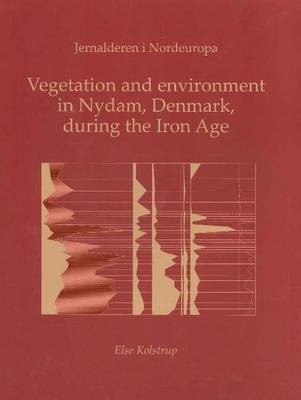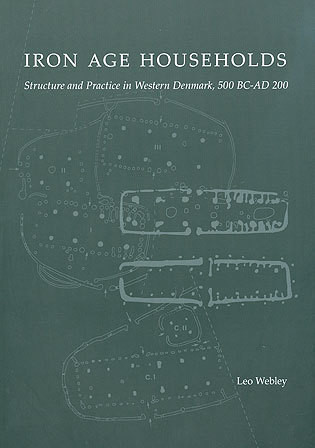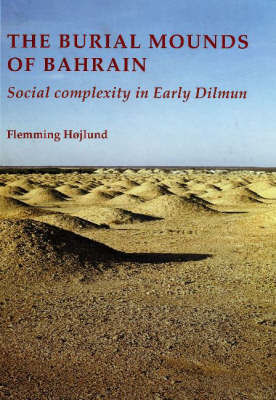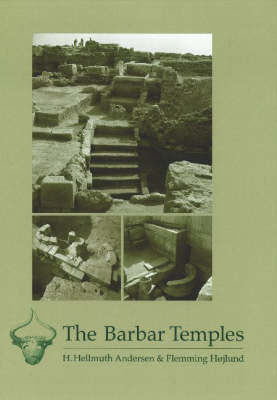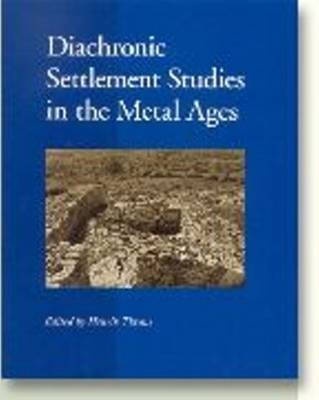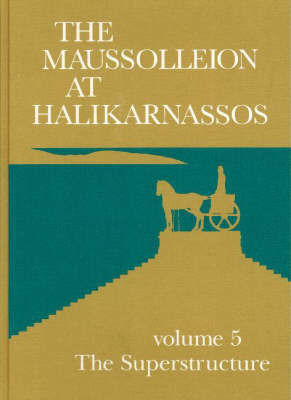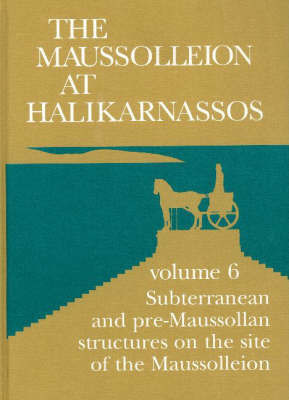
Format: Hardback
Pages: 260
ISBN: 9788788415575
Pub Date: 01 Dec 2010
Imprint: Aarhus University Press
Illustrations: illus
Description:
During several hundred thousand years of human prehistory, siliceous rocks such as flint and chert were the most important raw materials used for tool production. In the 5th millennium BC, however, the use of copper is documented in many Neolithic tool assemblages and in the course of the 3rd millennium BC metal technology is introduced in prehistoric societies all over Europe. With a few exceptions, metal is largely superior to flint when it comes to the production of tools, yet there are regions throughout the world where flint craftsmanship thrived long after metallurgy had been introduced.

